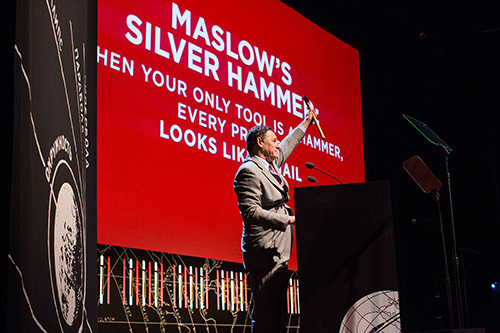
Los galardonados de los Premios a la Innovación Tribeca Disruptive reciben un martillo de bola pein como su premio oficial – apodado Silver Hammer de Maslow en honor del psicólogo Abe Maslow. El martillo encarna el espíritu de un evento de premiación que se está convirtiendo rápidamente en el lugar para conocer y saludar a la mayoría de los empresarios creativos e innovadores del mundo: celebridades de todos los negocios y el dominio intelectual que existe hoy en día.
Después de la diversión y travesuras de la entrega de premios súper creativo en el Centro Skirball para las Artes Escénicas en Nueva York, el aprendizaje disruptivo comienza en sesiones de trabajo originales que cuentan con los homenajeados y otros honrados up-and-coming talento empresarial. Como me siento y escucho las perspectivas de estos fascinantes panelistas sobre los retos del mundo real, se me ocurre que sus lecciones importantes deben ser escuchados en todos los programas de formación del profesorado relacionado con la carrera, así como las aulas de los estudiantes de todo el mundo.

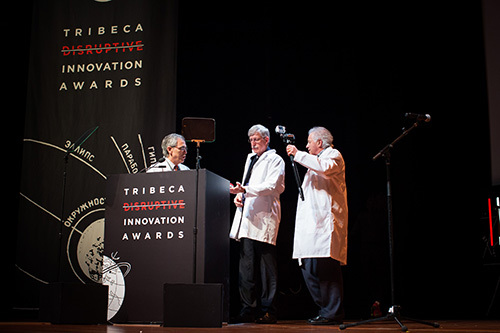
Bueno – así que estoy un Fellow disruptiva y tal vez eso significa que soy parcial, pero también he escrito más 200 articles on how to better prepare young people for higher education and the workforce by connecting them with creative and imaginative learning. A well-respected educator confessed to me last week, “Cathy, I think academics do a great job preparing students for careers in academia but I’m not sure we’ve figured out how to best prepare young people for the other career-related pathways.” Would that have anything to do with the jobs employers are currently offering but cannot find the talent to fill? So can I have a hammer?

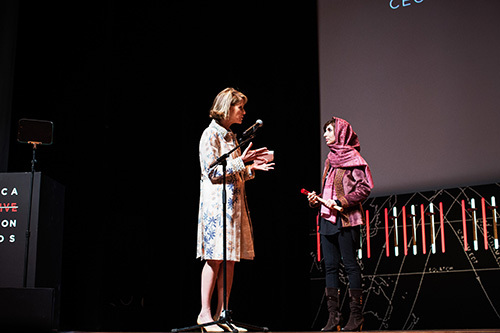
Predigo un empresario educación creará un estándar grado empleadores relacionados con la carrera mundial de oro (YO CREO) con un innovador, currículo siempre en evolución (acreditada por tanto los educadores como gran CEO del mundo de). Esto interrumpirá la escuela secundaria y la universidad como lo conocemos desde el CRED llegará a ser tan popular como (si no más, que) el modelo académico tradicional que existe en la actualidad. No está convencido? Google has indicated that GPA’s and test scores have become less and less the criteria for hiring, and already has teams of which 14 percent are young people who have never gone to college. And kids don’t want to work for companies like Google, derecho?
I also predict that teachers for the CRED will come from both worlds – the world of education and the world where learning is “in the doing”. Perhaps the teachers will be like my panelists today in La Búsqueda Global para la Educación – DR. Francis Collins, Director of the National Institutes of Health (NIH) y un homenajeado TDIA; Jay Walker, fundador de LabTV, creador de Priceline y un homenajeado TDIA; Anna Patterson, Vicepresidente de Ingeniería, Inteligencia artificial para Google y panelista TDIA; Ruzwana Bahir, CEO y fundador de Peek y panelista TDIA; y nuestro líder siempre perjudicial, Craig Hatkoff, co-fundador de los Premios a la Innovación de Tribeca Disruptive.

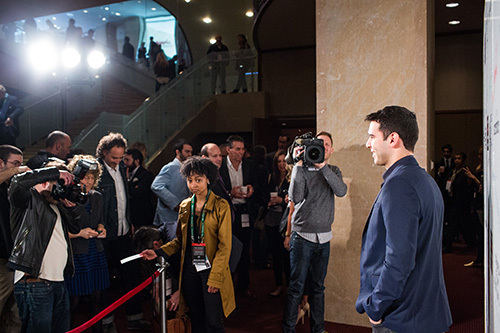
Damas y caballeros – Would you please tell me about a significant challenge you faced in building your enterprise that would be educational to students trying to develop the skills needed to problem solve in your enterprise or in enterprises generally?
Francis Collins: One major challenge facing the National Institutes of Health (NIH) is how to enhance the diversity of the U.S. biomedical workforce – which falls woefully short of reflecting the diversity of the general population. Esta falta de diversidad está dañando nuestra capacidad para llevar a cabo la investigación como forma innovadora y efectiva como nos gustaría. Después de tomar una mirada a nuestros defectos, que incluyó pruebas de las disparidades inaceptables en las tasas de éxito de subvención entre investigadores en blanco y negro, NIH está moviendo hacia adelante para hacer frente a esta situación. Nuestras acciones van desde los esfuerzos de tutoría destinadas a hacer una carrera en la investigación biomédica apelando a los jóvenes que pueden carecer de modelos a seguir en sus propias comunidades, to programs aimed at advancing the careers of talented scientists from under-represented minority groups. Recruiting and retaining the brightest minds regardless of race, etnicidad, género, disability, and socioeconomic status is critically important not only to NIH, but to the entire U.S. scientific enterprise.
Jay Walker: Centrándose en “problem definition” separa profesionales de los aficionados en el espíritu empresarial. Demasiado muchas start-ups se apresuran a diseñar un producto o servicio antes de pensar a través de la naturaleza exacta del problema que están tratando de resolver, and what customer they are trying to solve it for. A pro can define his or her idea for a new venture in a sentence or two that clearly and simply describes a problem, a customer, a solution and a price. Por ejemplo, some while back we worked with Federal Express to help them move beyond Monday-through-Friday business document delivery to 364-days-a-year, consumer-facing, overnight package delivery. Pero “delivering packages overnight” isn’t a problem. The problem FedEx’s customers faced that we identified was surprising: at that time, Christmas catalog sales ended in mid-December to allow time for traditional shipping. By providing overnight package delivery through Christmas Eve, FedEx doubled the Christmas selling season for catalog merchants.
Ruzwana Bashir: There are a whole host of challenges associated with starting a new business. When I started working on Peek.com, I learned that the activities market is pretty fragmented, offline and massive ($100bn globally), but there was no fail-safe place for consumers to go to find activities and book them. By creating a business that was new and disruptive, I realized there were always going to be reasons why people were going to tell me the company would fail. So as an entrepreneur, I think it’s crucial to be persistent to overcome the inevitable obstacles you will face, and to be willing to work incredibly hard, since nothing that is worth doing is ever easy. You also have to be pretty strategic, so that you can take in new information quickly and be adaptable enough to act on it. Alongside this, it’s helpful to have great analytical skills, and to make sure you bring together a really talented team with varied skills that can complement your own.
Anna Patterson: Yo he sido un empresario puntocom, ingeniero y científico. El fundamento de mi campo por lo general comienza con el estudio de la informática. Muchos estudiantes me preguntan si tienen que ser “grandes en matemáticas” para tener éxito en los campos de STEM. Los estudiantes generalmente se refieren a tener un talento con Cálculo. Muchos campos de STEM necesitan Cálculo, pero muchos campos de STEM no lo hacen. Si fueras grande en Geometría, pero encontró cálculo complicado, la mayoría de los campos de STEM están abiertas para usted. En Stanford, la introducción al curso de informática no tiene requisitos previos de matemáticas. Las habilidades para tener éxito son el pensamiento metódico y la voluntad de trabajar. Es necesario crear luego no, luego de depuración.


Craig – ¿Crees que podemos enseñar a los niños a ser más emprendedora?
Craig Hatkoff: Los empresarios viven en un estado constante de temor, asombro y encanto (AWE). La palabra más emocionante que un empresario puede escuchar es “guauu.”
Creo que los niños nacen con la misma pasión ardiente por la revelación y descubrimiento como empresarios. Sin embargo, hoy más educación se entrega en paquetes aburridos de memoria. Además, los padres a menudo reprimen inadvertidamente la inclinación natural de un niño para entender cómo funciona el mundo — a world of possibility where taking risk is rewarded and failure is accepted not punished. A world where “can’t” is a four letter word.
Eric Raymond, autor de la The Cathedral and the Bazaar, escribe, “If you want to solve an interesting problem, find a problem that interests you!” That is the root of the entrepreneurial spirit: to solve an interesting problem that manifests itself in a product, a service or just a damn good idea. Entrepreneurs are born not made. Tenemos que dejar que los niños a descubrir los problemas que quieren resolver, como Steve Jobs, Jack Dorsey or 15-year-old Jack Andraka who created the pancreatic cancer testing strip.
For more information about the Tribeca Disruptive Innovation Awards: http://www.tribecadisruptiveinnovationawards.com/

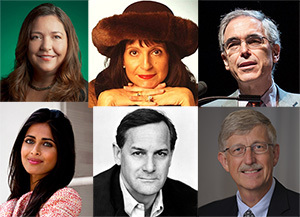
Fila inferior, izquierda a derecha: Ruzwana Bashir, Craig Hatkoff, Francis Collins
All photos are courtesy of the Tribeca Disruptive Innovation Awards
En La Búsqueda Global para la Educación, unirse a mí y reconocidos a nivel mundial los líderes de opinión, incluyendo a Sir Michael Barber (Reino Unido), DR. Michael Bloquear (EE.UU.), DR. Leon Botstein (EE.UU.), Profesor Clay Christensen (EE.UU.), DR. Linda Darling-Hammond (EE.UU.), DR. Madhav Chavan (India), El profesor Michael Fullan (Canada), El profesor Howard Gardner (EE.UU.), El profesor Andy Hargreaves (EE.UU.), Profesor Yvonne Hellman (Países Bajos), Profesor Kristin Helstad (Noruega), Jean Hendrickson (EE.UU.), Profesor Rose Hipkins (Nueva Zelanda), Profesor Cornelia Hoogland (Canada), Honorable Jeff Johnson (Canada), Señora. Chantal Kaufmann (Bélgica), DR. Eija Kauppinen (Finlandia), Secretario de Estado Tapio Kosunen (Finlandia), Profesor Dominique Lafontaine (Bélgica), El profesor Hugh Lauder (Reino Unido), Profesor Ben Levin (Canada), Señor Ken Macdonald (Reino Unido), Profesor Barry McGaw (Australia), Shiv Nadar (India), Profesor R. Natarajan (India), DR. PAK NG (Singapur), DR. Denise Papa (Estados Unidos), Sridhar Rajagopalan (India), DR. Diane Ravitch (EE.UU.), Richard Wilson Riley (EE.UU.), Sir Ken Robinson (Reino Unido), Profesor Pasi Sahlberg (Finlandia), El profesor Manabu Sato (Japón), Andreas Schleicher (PISA, OCDE), DR. Anthony Seldon (Reino Unido), DR. David Shaffer (EE.UU.), DR. Kirsten Immersive Are (Noruega), Canciller Stephen Spahn (EE.UU.), Yves Theze (Lycee Francais EE.UU.), Profesor Charles Ungerleider (Canada), Profesor Tony Wagner (EE.UU.), Sir David Watson (Reino Unido), Profesor Dylan Wiliam (Reino Unido), DR. Marcos Wormald (Reino Unido), Profesor Theo Wubbels (Países Bajos), El profesor Michael Young (Reino Unido), y el profesor Zhang Minxuan (De China) a medida que exploran las cuestiones de educación cuadro grande que todas las naciones se enfrentan hoy.
La Búsqueda Global para la Educación Comunitaria Página
C. M. Rubin es el autor de dos ampliamente leído serie en línea por la que recibió un 2011 Premio Upton Sinclair, “La Búsqueda Global para la Educación” y “¿Cómo vamos a Leer?” Ella es también el autor de tres libros más vendidos, Incluido The Real Alice in Wonderland, es el editor de CMRubinWorld, y es una Fundación Disruptor Fellow.
Siga C. M. Rubin en Twitter: www.twitter.com/@cmrubinworld




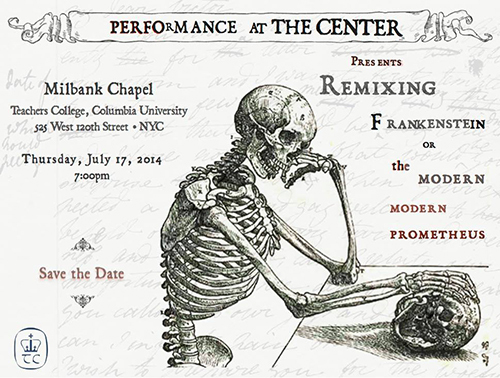
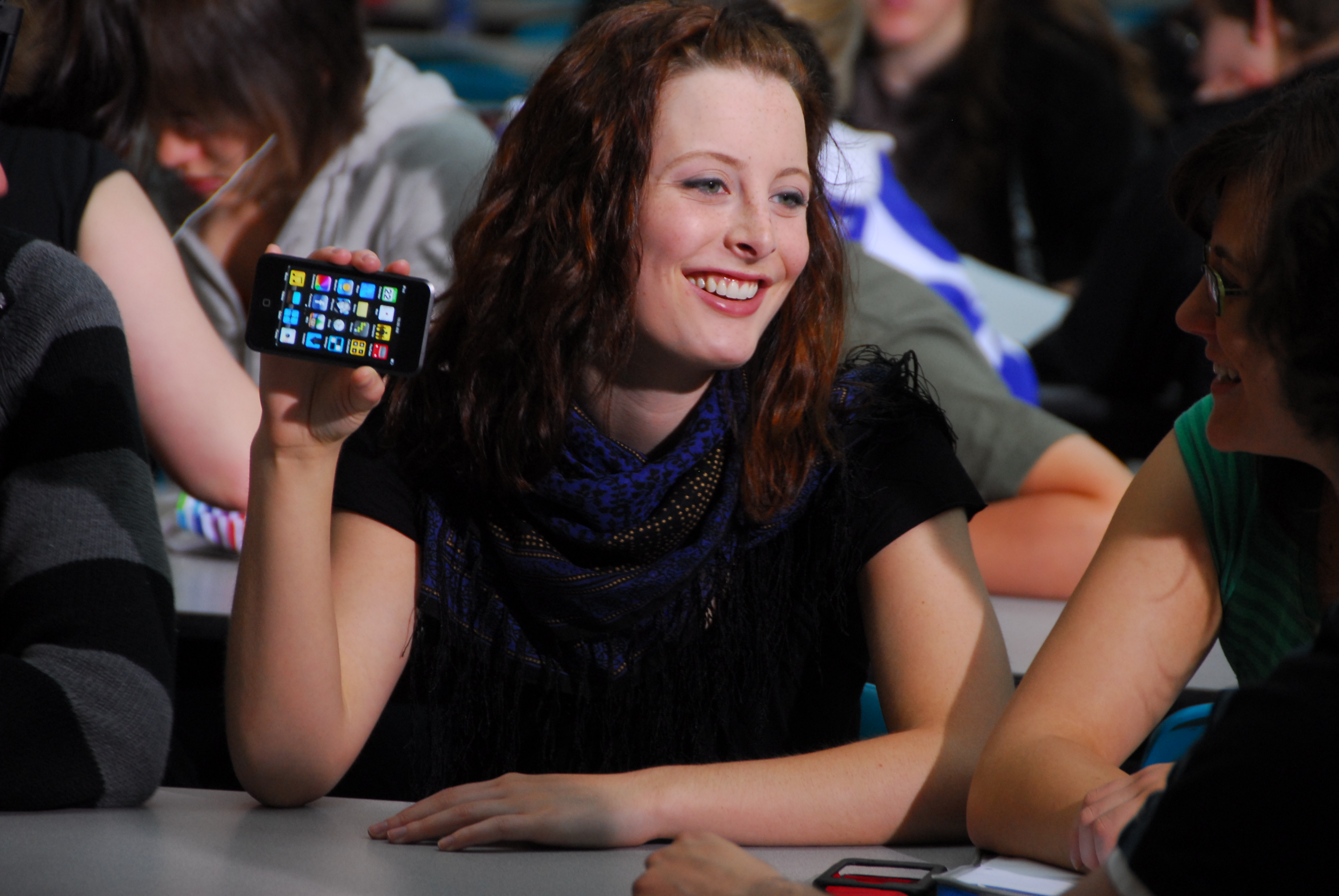
Comentarios recientes